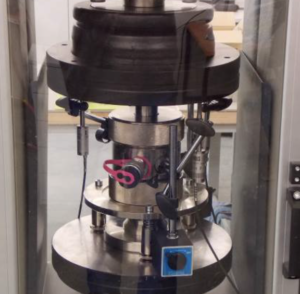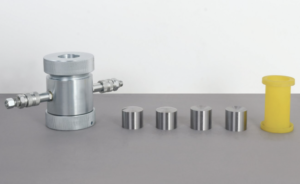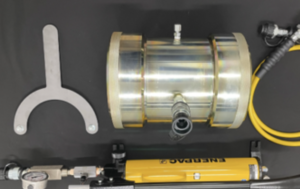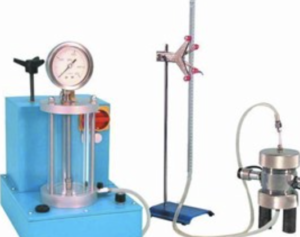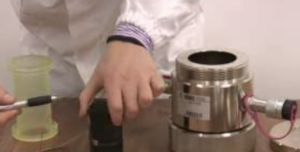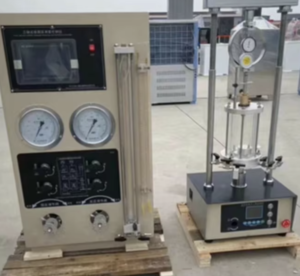Can Soil Testing Revolutionize Urban Farming?
As cities expand and green spaces shrink, urban farming1 is becoming a powerful tool to promote local food production, sustainability, and community health. Yet, one challenge continues to shape its success: soil quality2. This is where soil testing3 steps in as a game-changer. With precise knowledge of what’s happening below the surface, urban growers can transform vacant lots, rooftops, and backyard plots into productive farms. Let’s explore how soil testing is quietly revolutionizing the future of urban agriculture.
Urban Soil Suitability Assessment
Not all urban soils are created equal. Some are compacted, nutrient-depleted, or contaminated from past industrial use. Soil testing helps urban farmers:
- Determine pH levels, organic matter, and texture.
- Identify drainage properties, essential for root development.
- Classify the soil for its fertility potential.
By testing before planting, growers avoid wasting time and resources on unsuitable plots.
Example: Urban Soil Assessment Matrix
| Soil Characteristic | Ideal Range for Urban Farming | Notes |
|---|---|---|
| pH | 6.0 – 7.5 | Most vegetables prefer neutral |
| Organic Matter (%) | > 5 | Boosts microbial activity |
| Bulk Density (g/cm³) | < 1.6 | Ensures root penetration |
| Texture | Loam or sandy loam | Balances drainage and nutrients |
With this knowledge, cities can map and prioritize viable growing zones, turning forgotten spaces into thriving mini-farms.
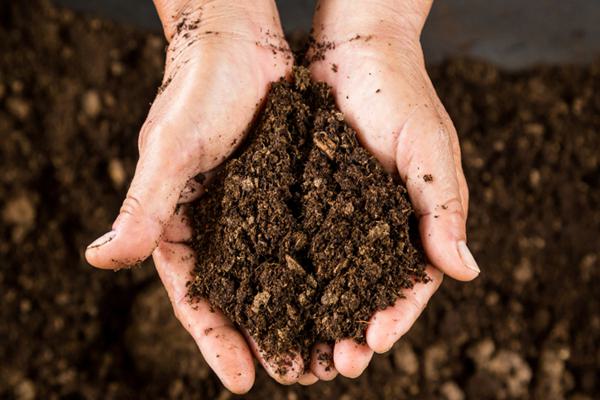
Tailored Nutrient Management for Urban Crops
Urban farming success hinges on precise nutrient management4—over-fertilizing wastes money and harms the environment, while under-fertilizing stunts growth.
Soil testing allows farmers to:
- Measure existing levels of N-P-K (nitrogen, phosphorus, potassium)5.
- Understand micronutrient deficiencies6 like calcium, magnesium, or zinc.
- Design custom fertilizer plans tailored to specific crops and seasons.
Sample Test Results: Nutrient Prescription Example
| Nutrient | Soil Level | Recommended Amendment |
|---|---|---|
| Nitrogen (N) | Low | Compost, blood meal |
| Phosphorus (P) | Adequate | No amendment needed |
| Potassium (K) | High | Avoid potash-based fertilizers |
| Magnesium | Deficient | Add dolomitic lime |
Instead of guessing, urban farmers can use this data to maximize plant health and minimize waste, making every square meter count.
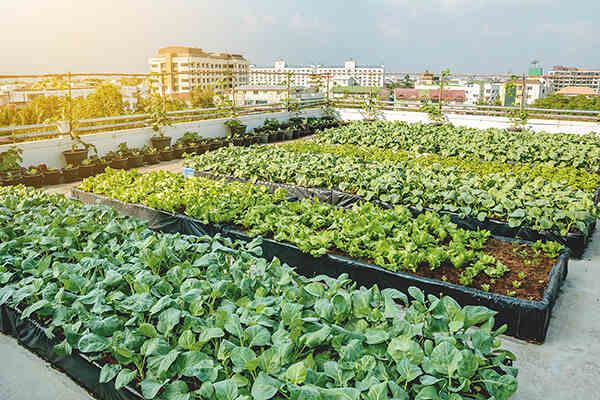
Mitigating Urban Soil Contamination
Urban soils often harbor hidden contaminants—like lead, arsenic, or petroleum residues—left behind by old buildings, roads, or industrial sites. Soil testing is essential for identifying and managing these risks.
Testing helps to:
- Detect heavy metals and hydrocarbons.
- Establish safe limits for edible plant growth.
- Decide whether remediation, raised beds, or soil replacement is needed.
Contaminant Risk Table (Common Urban Soils)
| Contaminant | Safe Limit (mg/kg) | Urban Source | Remediation Method |
|---|---|---|---|
| Lead (Pb) | < 400 | Old paint, gasoline | Raised beds with clean soil |
| Arsenic (As) | < 20 | Treated wood, pesticides | Soil removal, barrier layers |
| PAHs | < 1 | Asphalt, industrial runoff | Compost-assisted remediation |
By identifying contamination early, urban farmers can protect public health and make informed decisions about where and how to grow food.

Improving Yield in Limited Urban Spaces
Space is a luxury in urban farming—so getting the most out of every pot, bed, or rooftop planter is essential. Soil testing enables precision growing7.
Here’s how it helps boost yield:
- Fine-tunes watering and nutrient scheduling8.
- Encourages crop rotation based on residual fertility.
- Supports use of soil amendments and microbes9 that enhance productivity.
Urban Yield Optimization Snapshot
| Practice | With Soil Testing | Without Soil Testing |
|---|---|---|
| Lettuce harvest per m² | 3.5 kg | 2.1 kg |
| Tomato fruit count per plant | 28 | 17 |
| Fertilizer use (per season) | Reduced by 30% | Inconsistent application |
This data-driven approach allows farmers to achieve more with less, turning rooftops and tiny plots into efficient, sustainable micro-farms.

Conclusion
Soil testing is more than a lab procedure—it’s the foundation of smart urban farming. From evaluating soil safety and nutrient levels to maximizing yields in tight spaces, it empowers urban growers with knowledge and precision. As cities seek sustainable food solutions, integrating soil testing into urban agriculture could be the key to growing greener, healthier, and more resilient communities.
-
Explore the transformative impact of urban farming on local communities and sustainability efforts. ↩
-
Discover the critical role of soil quality in successful urban farming and food production. ↩
-
Learn how soil testing can enhance crop yields and ensure healthier urban farming practices. ↩
-
Explore this link to learn effective strategies for managing nutrients in urban farming, ensuring healthy crops and sustainability. ↩
-
Understanding N-P-K is crucial for optimizing soil health and maximizing crop yields; this resource will deepen your knowledge. ↩
-
Discover how micronutrient deficiencies impact plant health and learn how to address them for better crop performance. ↩
-
Understanding precision growing can help you maximize your urban farming yields effectively. ↩
-
Learn how proper scheduling can significantly improve your crop yield and health. ↩
-
Discover how soil amendments and beneficial microbes can enhance soil health and productivity. ↩

